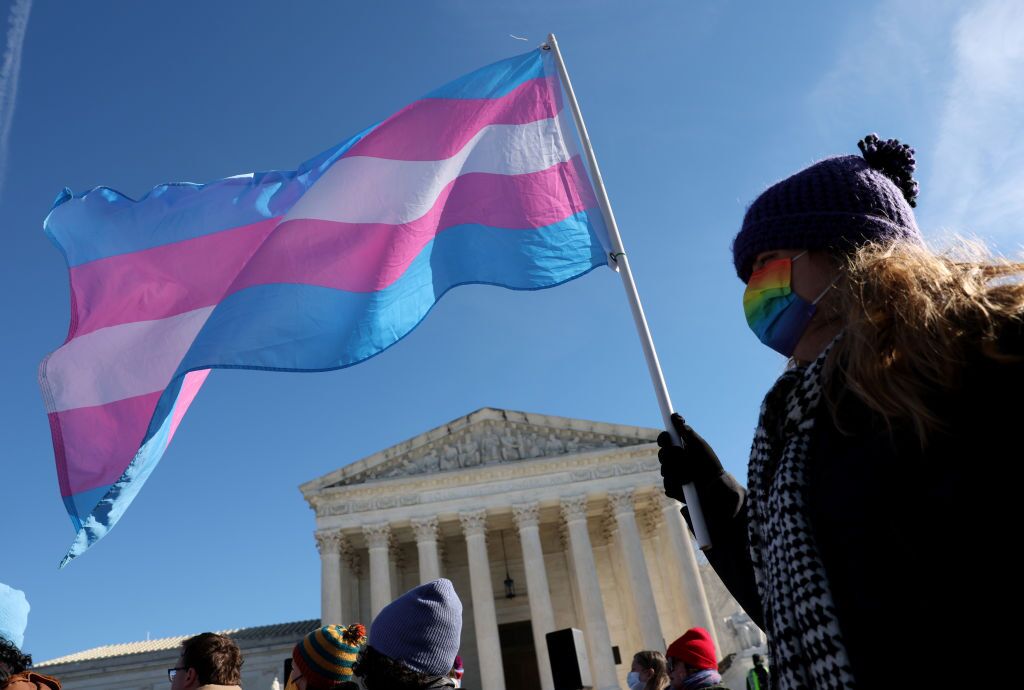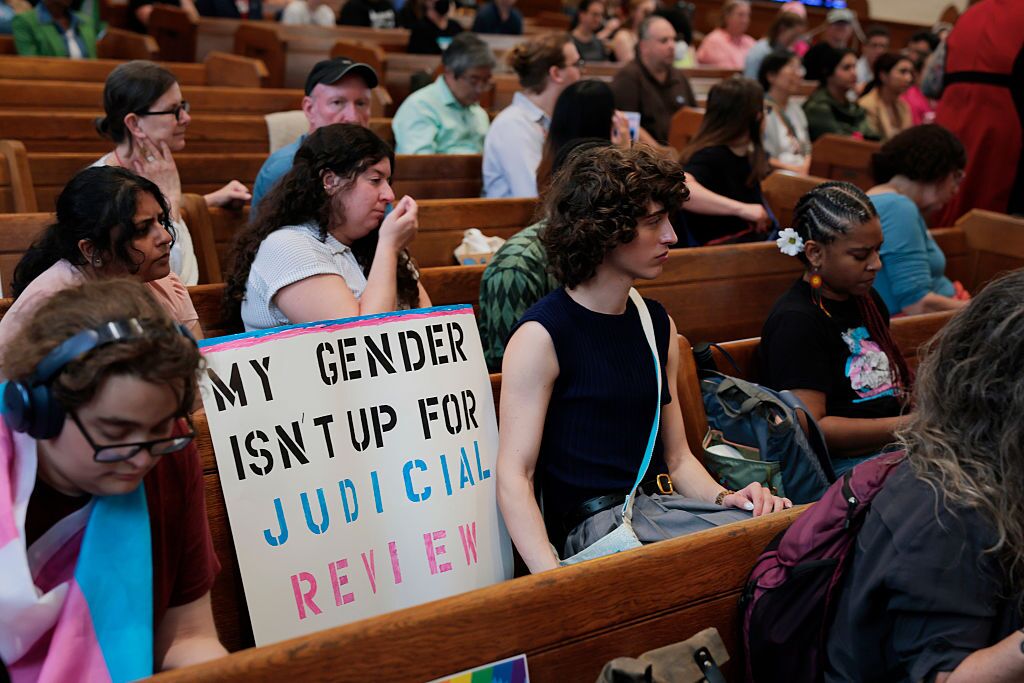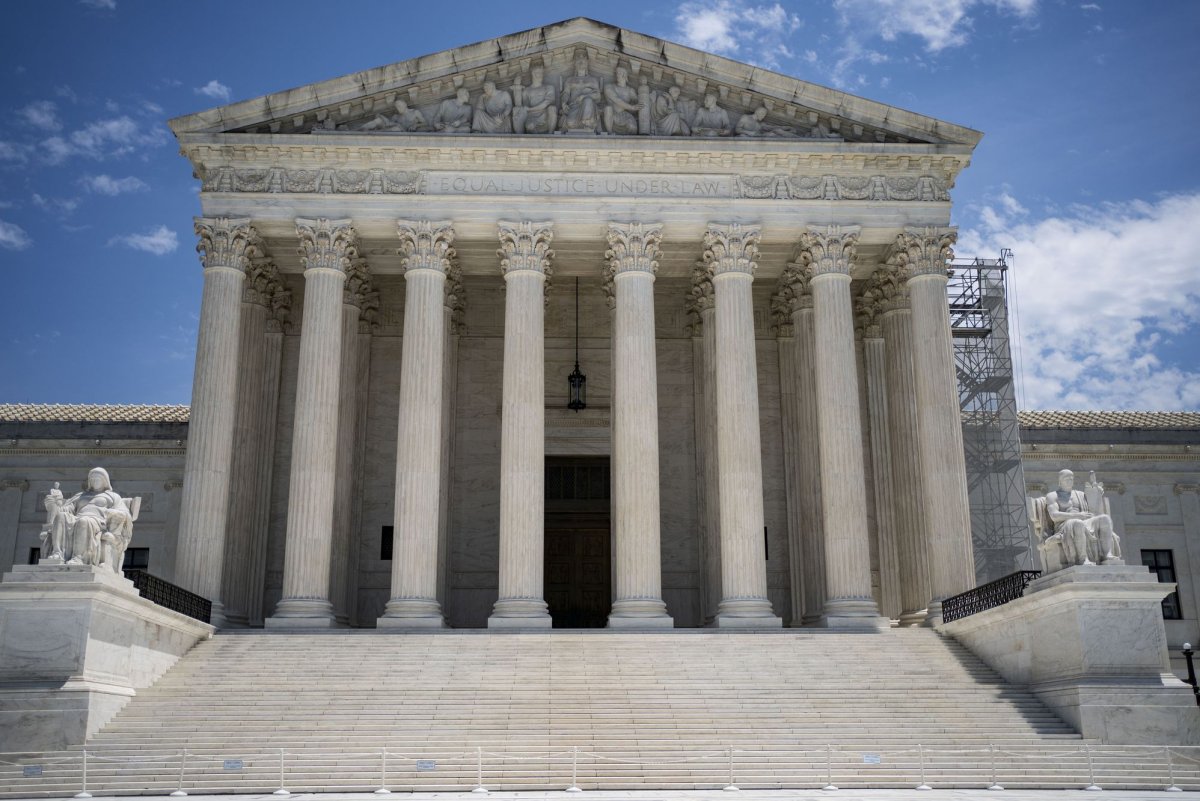
The decision reveals a troubling trend: Rights tied to sex and gender identity are increasingly at the mercy of judicial interpretation.

In2022, the Court undid a constitutional right for the first time by declaring that the U.S. Constitution does not confer a right to abortion in the landmark decision Dobbs v. Jackson Women’s Health Organization. Ina decision this week called United States v. Skrmettithey’ve taken the next step, extending the logic of Dobbs and destabilizing much of the law on sex discrimination.
The majority in Scrmmet was careful to cite case law on sex discrimination and suggest that the law at issue, which banned gender-affirming care for transgender youth, simply raised different issues. But Scrmmet shows how fragile protections against sex discrimination have become without any explicit guarantee, like the Equal Rights Amendment.
Scrmmet involves one of the many laws banning gender-affirming care for trans minors that passed in 2023. A group of plaintiffs challenged the constitutionality of the law under the Equal Protection Clause shortly after it passed, relying on the 2020 case, Bostock v. Clayton Countywhich involved employment discrimination under the landmark Title VII of the Civil Rights Act of 1964. Bostock reasoned that sex always factored into discrimination on the basis of sexual orientation or gender identity. The Scrmmet plaintiffs tried to make the same point.
A district court seemed persuaded and blocked the Tennessee law from being enforced as the case made its way through the courts, but the Sixth Circuit Court of Appeals reversed.
‘Skrmetti’ shows how fragile protections against sex discrimination have become without any explicit guarantee, like the Equal Rights Amendment.
When the Supreme Court agreed to hear the plaintiffs’ appeal, some progressive commentators worried that Scrmmet would spell the end for any protection against sex discrimination. The majority opinion written by Chief Justice John Roberts seemed invested in dispelling that impression. The Court cited canonical sex discrimination cases and repeated that legislation based on sex stereotypes was constitutionally problematic.
But then Roberts drew on the logic of Dobbs to explain why Tennessee’s law didn’t raise concerns under the Equal Protection Clause.
For decades, feminist scholars had explained that abortion bans could be seen as unconstitutional sex discrimination. In rejecting this claim, the majority relied on a widely ridiculed 1974 case called Patient v. Aiellowhich held that pregnancy discrimination didn’t qualify as sex discrimination. The fact that only women could get pregnant—in the Court’s analysis—didn’t make discriminating on that basis sex discrimination. By extension, criminalizing a procedure that the Court said only one sex could receive wasn’t a problem either—not unless there was strong evidence that an interest in regulating abortion was mere pretext for sex discrimination, a hurdle that seemed impossible to clear.

The same logic informed the Court’s decision in Skrmetti. The majority acknowledged that the only people seeking treatment for gender dysphoria would be transgender, and that there was some connection between gender identity and sex under Bostock. But if only trans youth sought out gender-affirming care, that was no different from only women being pregnant or seeking abortion, in the reasoning of Dobbs and Patient. None of these things, in the Court’s analysis, posed a problem under the Equal Protection Clause.
A revived campaign for the ERA is about much more than symbolism.
So while the Court paid lip service to maintaining critical cases prohibiting sex discrimination, Scrmmet showed how easily those cases can be rewritten or distinguished. Framing a case as one about biological difference, or a medical procedure like gender-affirming care or abortion, might be all it takes.
The campaign for the ERA has waxed and waned since the 1978 ratification deadline set by Congress. Perhaps one of the most potent reasons advocates pursued other priorities was because the Supreme Court’s jurisprudence already seemed to prohibit sex discrimination, amounting to what Professor Reva Siegel has called a “The fact of the era.” If there were already solid, albeit imperfect, protections against sex discrimination, then the ERA might be symbolically important, but other objectives might have seemed more practically important.
The Court’s ruling in Scrmmet didn’t dismantle constitutional sex discriminations protections in one fell swoop, but it did show that they aren’t ironclad. That’s why a revived campaign for the ERA is about much more than symbolism. The Court’s ruling shows we can’t take the sex discrimination protections we have for granted anymore.



